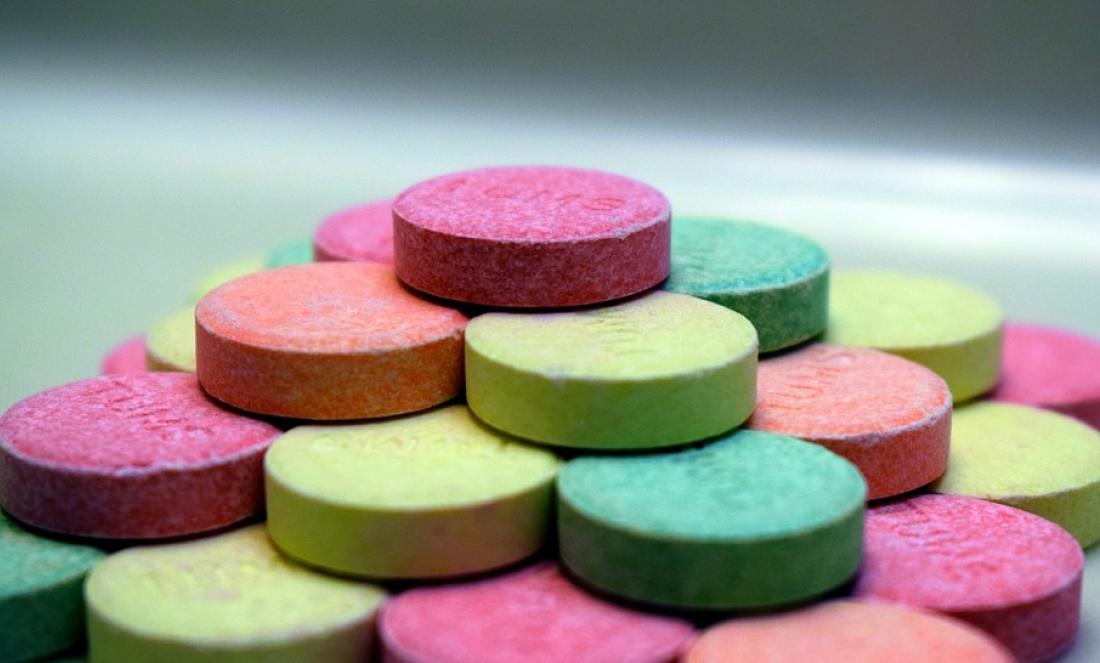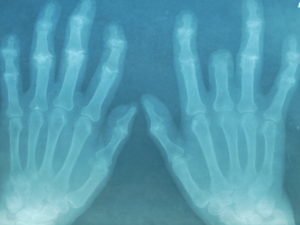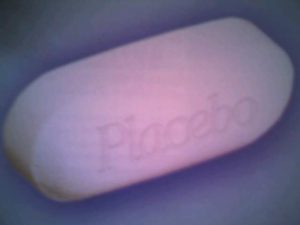
Placebo and osteoarthritis, a relationship of interest or danger
Osteoarthritis is a very prevalent degenerative joint disease, affecting almost 70% of people over 65, and is a significant cause of chronic pain and immobility. Although the main management is through health education, through dietary measures, exercise, we have a therapeutic arsenal with safety problems in geriatric patients and surgical indications of joint replacement mainly.
 Foto: Mohd Hafizuddin Husin
Foto: Mohd Hafizuddin Husin
In 2008, British researchers conducted a meta-analysis* of the effectiveness of placebo in the management of osteoarthritis, including 198 clinical trials and 14 non-treatment studies, with a sample size of 17,531 people. Although the average age is not very high (62 years), being mainly overweight women.
The placebo is a pharmacologically inert substance with the same external characteristics as an active treatment, which serves to evaluate the difference in effect in both groups. It has been used effectively in the treatment of depression, pain, Parkinson's disease, migraine, chronic fatigue syndrome, irritable colon, asthma or hypertension, given the psychological effect it has.
 Foto: Ross Mayfield
Foto: Ross Mayfield
To measure the degree of pain control, a visual analogue scale is used, subsequently analysing the effect size between the beginning and end of the study, being 0.51 (95% confidence interval 0.46-0.55), being considered a moderate effect compared to that obtained with non-pharmacological measures (acupuncture, magnetotherapy, spa) which is 0.03 (95% CI -0.13-0.18). It is also effective in functional improvement and self-perceived joint stiffness.
The variables that most affect the placebo effect are firstly the intensity of the treatment under study (greater if opiate placebo, new medicines such as anti-inflammatory drugs -COX2), the underlying disease itself, the route of administration (injections are more effective than the oral route) and the sample size. Subjective aspects such as the patient's assessment of pain and the doctor's impression are improved, without modifying objective assessments such as quadriceps strength, knee circumference or radiological joint changes. Of great importance are the expectations created in the patients about the intervention (influencing the size, colour, possible intensity and route of administration), transmitted by the doctors, which generates certain physiological effects in relation to modifications in neurotransmitters or brain circuits involved in chronic pain.
 Foto: Hernán Piñera
Foto: Hernán Piñera
Nor should it be forgotten that sometimes the opposite effect can be obtained, known as the nocebo effect, of which we have less information, but which also greatly influences pharmacological interventions.
* Zhang W, Robertson J, Jones AC, et al. Ann Rheum Dis 2008;67:1716–1723.


Add new comment